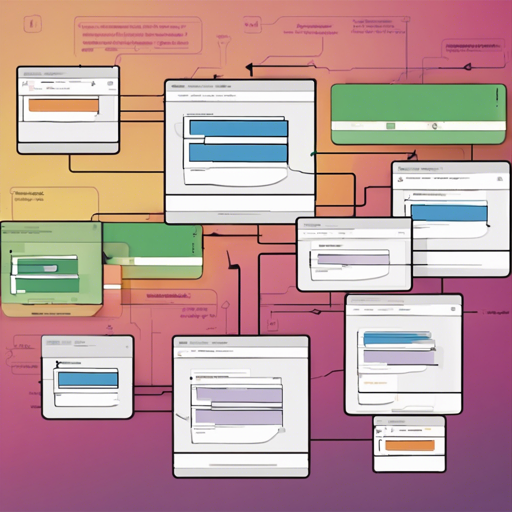If you’ve ever tangled with Java, Kotlin, Scala, or Groovy code and wished for an intuitive visual tool to help you navigate the complexities, then the SequenceDiagram plugin is your best friend. This plugin simplifies the process of generating sequence diagrams, allowing you to visualize interactions in your code seamlessly.
Understanding Sequence Diagrams
Think of sequence diagrams as a movie script for your code, where each character (object or class) plays out their role in the storyline (the method calls). Just like in a well-directed film, where scenes unfold in a specific order, sequence diagrams depict the interactions between various components in a time-sequenced fashion, helping you track how data flows through your application.
How to Use the SequenceDiagram Plugin
- Step 1: Install the SequenceDiagram plugin from the JetBrains plugin marketplace or [GitHub Releases](https://github.com/VancoSequencePlugin/releases) page.
- Step 2: Open a Java, Kotlin, Scala, or Groovy file in your IDE.
- Step 3: Use the shortcut Alt + S for Windows or Option + S for macOS to generate your sequence diagram.
Exploring Features
The plugin provides numerous features to aid you:
- Generate simple sequence diagrams from your code.
- Navigate through the code by clicking on diagram shapes.
- Delete classes from the diagram easily.
- Export diagrams in various image formats (SVG, JPEG, PNG, TIFF).
- Export diagrams as PlantUML or Mermaid format files.
- Exclude specific classes from the diagram using settings.
Experimental Features
Some features are marked as experimental due to their non-standard implementations:
- UAST Support: This feature uses the Unified Abstract Syntax Tree (UAST) API to generate diagrams, expanding support for classes and methods in JVM languages.
- Smart Interface: Automatically identifies and visualizes implementations of interfaces in your code.
- Lambda Expression Support: Although there’s no standard for lambda visuals, this plugin attempts to illustrate them with a unique presentation.
Troubleshooting Common Issues
While the SequenceDiagram plugin is powerful, you might encounter a few hiccups:
- Scala For-Comprehension Calls: Unfortunately, these calls are not supported due to limitations in the UAST API. A workaround involves restructuring your code if possible.
- Groovy Method Body Limitations: The plugin cannot generate diagrams from Groovy method bodies. To visualize interactions within methods, consider translating Groovy logic into Java or Kotlin as a temporary solution.
For more insights, updates, or to collaborate on AI development projects, stay connected with fxis.ai.
Final Thoughts
At fxis.ai, we believe that such advancements are crucial for the future of AI, as they enable more comprehensive and effective solutions. Our team is continually exploring new methodologies to push the envelope in artificial intelligence, ensuring that our clients benefit from the latest technological innovations.
So there you have it! With the SequenceDiagram plugin, generating and understanding the interactions in your code can be as easy as clicking a button. Dive deeper into the visual representation of your programming languages and enhance your coding experience!

